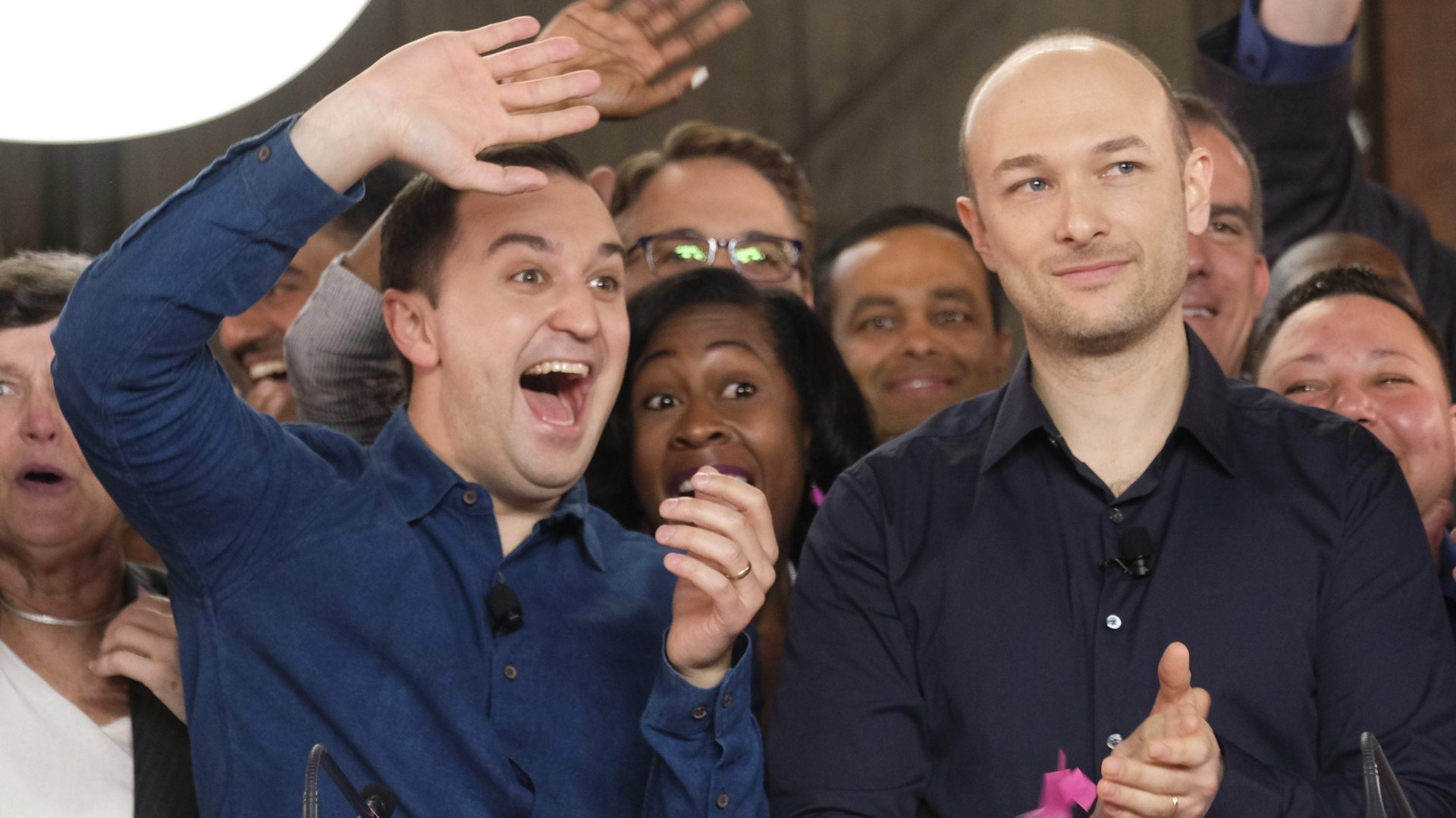Lyft finally sees a path to profitability: raising prices
“We are incredibly encouraged by the strength of our business and the improving market conditions,” Lyft chief financial officer Brian Roberts said this week, on a call following the company’s second-quarter earnings report.


“We are incredibly encouraged by the strength of our business and the improving market conditions,” Lyft chief financial officer Brian Roberts said this week, on a call following the company’s second-quarter earnings report.
It was a sentiment investors needed to hear. When the ride-hail company went public in late March, it had a history of losses and no clear path to profitability. The stock hasn’t traded above its $72 IPO price since early April, closing ahead of earnings at around $60. Lyft lost $911 million in 2018, up from $688 million the previous year. It lost $1.1 billion in the first quarter of this year alone, thanks to a hefty stock-based compensation bill triggered by the IPO. It has warned that its adjusted loss for this year could exceed the loss in 2018.
But Roberts said the worst is over. In the second quarter, Lyft reported $867 million in revenue, up 72% from the same period last year. It said revenue per active rider—defined as quarterly revenue divided by the number of riders that quarter—rose to $39.77, a 22% increase from the second quarter of 2018. Lyft said it had adjusted full-year forecasts, and now expected to lose less money in 2019 on an adjusted basis than it did in 2018.
“We believe we have a clear path to profitability,” Roberts said.
What’s the path? Why, higher prices! “We began to adjust prices on select routes and in select cities based on costs and demand elasticities,” Roberts told investors. “We expect that these changes will accelerate Lyft’s path to profitability, and further, we believe these price adjustments reflect an industry trend.” Translation: Lyft is raising fares for riders and believes the rest of the industry (read: Uber) is doing so too.
Lyft didn’t provide many details on these price hikes—in fact, it never directly said which way the “adjustments” were going, and company spokespeople declined to clarify. Roberts said the changes kicked in toward the end of June and that Lyft tried “to pick routes and cities where the demand impact would be the smallest.” He added that Lyft is working to do more lucrative rides, like airport trips and rides in premium mode. He said Lyft made shared rides more efficient in the second quarter and also deployed driver incentives more efficiently.
Subsidies have always cast a shadow on the ride-hail industry. Practically since Uber and Lyft started service, they’ve relied on discounts and coupons to make the service more affordable for riders, and bonuses and incentive payments for drivers to make the gig more attractive. These subsidies were financed by tremendous amounts of venture capital money. The model worked so long as investors were willing to hand over more funds, but it was never going to be sustainable.
The problem for Lyft is that as the second-largest player in a hyper-competitive US ride-hail market, charging riders more or paying drivers less risks losing market share to Uber. Guggenheim Partners analyst Jake Fuller summed up the company’s predicament in an April 1 research note, shortly after Lyft’s IPO. “We see four paths to profitability: cut driver pay, turn off incentives, reduce insurance costs or shift to self-driving cars,” Fuller wrote. “The first two would be tough in a highly competitive category, the third might not be enough by itself and the fourth is likely 10 years out.”
Fuller was right that Lyft’s paths to profitability were limited in a highly competitive environment. But a few months out from its IPO, Uber and Lyft seem headed toward a detente. Uber, which reported second-quarter results yesterday, also mentioned “more favorable economic conditions” and “improved shared ride efficiency” on its call. Uber CEO Dara Khosrowshahi dodged a question about whether Uber would raise prices in the US, but he also didn’t rule it out.